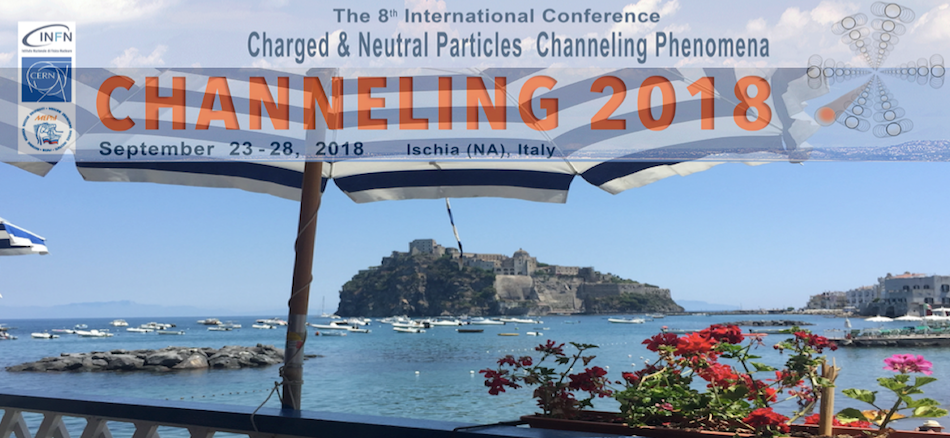Speaker
Dr
Nikolai Maksyuta
(Taras Shevchenko National University of Kiev)
Description
Crystal LiH is one of the best objects for creation of effective sources of hard radiation, generated by electron channeling. We have calculated the interaction potential of electrons with the main charged axes [110] of LiH and also found the radiation spectrum in this potentialal. These calculations were based on one-particle potentials for Li+ and Н– ions in a lithium hydride (LiH) crystal (see [1]) in accordance with standard averaging procedures along the axes and by thermal vibrations (see, for example, [2]), and in accordance with the method proposed in [3] and applied in [4, 5].
In the process of this calculation, it was shown that the structures of potential wells in charged axes are formed to a large extent due to unscreened Coulomb interaction, respectively, with negative and positive ions of hydrogen and lithium. It should be noted that similar constructions were carried out in [6], but for charged planes. The report also noted that in connection with the difference in the amplitudes of the thermal vibrations of hydrogen and lithium ions, a significant correction to the structure of potential wells is necessary in the case of electrically neutral axes.
The effect of the temperature factor in the range up to the melting point of the crystal at which the lithium hydride crystal can be considered a low-temperature crystalline plasma is also investigated. It is shown that in this case, in the axes constructed from negatively charged hydrogen ions, there is a so-called inversion effect, i.e. Instead of a potential well, a potential barrier appears.
For relativistic electrons with different Lorentz-factors, the transverse energy levels and the corresponding wave functions are found as a result of a numerical solution of the Schrödinger equation when reducing it to the corresponding Sturm-Liouville problem. Using the quantum theory of dechanneling (see, for example, [2]), partial dechanneling lengths are calculated that allow us to estimate the widths of transverse energy levels.
Based on these data, short-wave radiation spectra are calculated for electron bunches with different angular dispersions. It is shown that for relatively low electron energies it is possible to obtain sufficiently intense short-wave spontaneous emission in a wide spectral range.
References
1. V.I. Vysotskii, N.V. Maksyuta // BRAS Physics / Supplement Physics of Vibrations, 1994, V. 58, No. 3, P. 147.
2. V.A. Bazylev, N.K. Zhevago, Radiation of Fast Particles in a Matter and External Fields, Nauka, Moscow, 1987 (in Russian).
3. N.V. Maksyuta / Thesis of the Reports of XLIV International Conference on Physics of Charged Particles Interaction with Crystals, Moscow, 2014, P. 19.
4. N.V. Maksyuta, V.I. Vysotskii, S.V. Efimenko, Nucl. Instr. Methods, 2015, V. B 355, P. 90.
5. N.V. Maksyuta, V.I. Vysotskii, S.V. Efimenko, J. Phys.: Conf. Series., 2016, V. 732, P. 012023.
6. V.I. Vysotskii, R.N. Kuz’min, and N.V. Maksyuta // Sov. Phys. JETP, 1987, V. 66(6), P. 1150.
Author
Dr
Nikolai Maksyuta
(Taras Shevchenko National University of Kiev)
Co-authors
Dr
Svetlana Efimenko
(Taras Shevchenko National University of Kiev)
Prof.
Vladimir Vysotskii
(Kiev National Shevchenko Univ, Kiev, Ukraine)
Dr
Yuri Slinchtnko
(Taras Shevchenko National University of Kiev)

